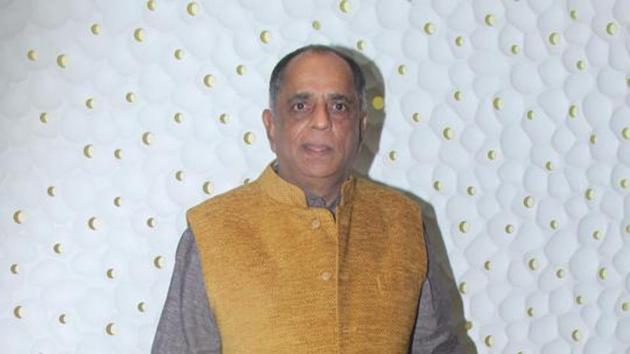Should the CBFC be made powerless? Will that stop Indians from taking offence?
Offence is our historical burden, an inherited right, which constitutionally elected governments over 70 years have protected and encouraged. It does not matter which political party we belong to or which side of the ideological axis we tilt towards.
Film director Madhur Bhandarkar, known for his ‘thesis films’ on subjects he usually expends his moral outrage on (Fashion, Heroine, Page 3), is asserting his freedom of expression. He even tweeted to Rahul Gandhi. Rightly so. A few days ago, members of the Congress party, otherwise shockingly inarticulate as Opposition in Modi’s India, stalled a publicity event planned for Bhandarkar’s forthcoming film Indu Sarkar in Pune. Indu Sarkar is about the Emergency, and the protagonist played by Kriti Kulhari is a housewife who takes on the draconian laws under the Emergency.

The Congress workers are offended --- an almost robotic impulse in India. On air a news broadcast, a Congress spokesperson even told a member of Bhandarkar’s film crew that protests are inevitable if they make “such nonsense films”. In fact, there have been thwarted attempts at making a biopic on Indira Gandhi since the 1980s.
Offence is our historical burden, an inherited right, which constitutionally elected governments over 70 years have protected and encouraged. It does not matter which political party we belong to or which side of the ideological axis we tilt towards. We want to protect legacies, no matter how flawed; let there be no new prism or filter through which we look at heroes, they should be invincible. Non-Indians can’t write about our heroes or religion or poverty. So, how dare Wendy Doniger write about Hindus, even though she is the world’s most prolific Sanskrit scholar, how could a Muslim artist paint goddess Saraswati nude, and how could Mira Nair, a woman of Indian origin, make a film called Kama Sutra? How could women be sexual? Usually, these are political battles---one party’s moral one-upmanship over the other. Examples of offence, and in turn, censorship, are so many and so frequent, Indians are bound to become thick-skinned about the dire need for the untrammelled voice.
On 17 July, Hindustan Times reported on a heartening development in the fight against censorship, specifically against the Central Board of Film Certification (CBFC). Based on recommendations of a committee which director Shyam Benegal leads, a draft Bill proposes an amendment to the Cinematograph Act, 1952, doing away with the powers of the CBFC to cut portions from a film, ban a film or suspend screenings of a film. The CBFC should only rate films, and qualify them for age-appropriate viewing. It suggests adding newer categories of ratings such as UA 12+, UA 15+ and adult-with-caution. Undoubtedly, filmmakers will be relieved. Under Pahlaj Nihalani, the CBFC, an autonomous body under the Information and Broadcasting (I&B) Ministry, has become a national embarrassment.
In practice, will censorship then end with making the CBFC powerless?
The Hindustan Times report also says that the draft bill will give the central government the power to suspend the screening of a movie instead of leaving it in the state’s control. How does any government decide why a film’s screening should be suspended?
Censorship, in most cases, is a by-product of offence, and the Indian Constitution lays out far-reaching grounds for offence in Section 295 (A) and Section 153 (A). An artist, author, filmmaker or anybody who speaks her mind can be punished or fined for insulting religious beliefs. Section 153 (A) says the grounds can be race, place of birth, residence, language, caste or community or “any other ground whatsoever” which may encourage feelings of hatred or animosity.
This year we turn 70 as an independent nation. This year, a documentary on Nobel laureate Amartya Sen became a target---cut the words “cow”, “Hindu India”, Hindutva view of India” and “Gujarat” from it. The filmmaker Suman Ghosh, unrelenting, released the film’s trailer online. The first step towards curtailing CBFC’s power by amending the Cinematograph Act is uplifting---and let’s hope for better under the new I&B minister, Smriti Irani---but it is not necessarily the end of censorship. For free speech to thrive, and to stop any establishment or government machinery from silencing artistic and critical voices, we need to relook at archaic laws in the Constitution itself. The scope of 153 (A) and 295 (A) need to be drastically narrowed. With constitutional sanction, we take “any grounds whatsoever” for offence way too seriously.
Sanjukta Sharma is a Mumbai-based writer and critic, and a former editor of Mint Lounge.
The views expressed are personal





